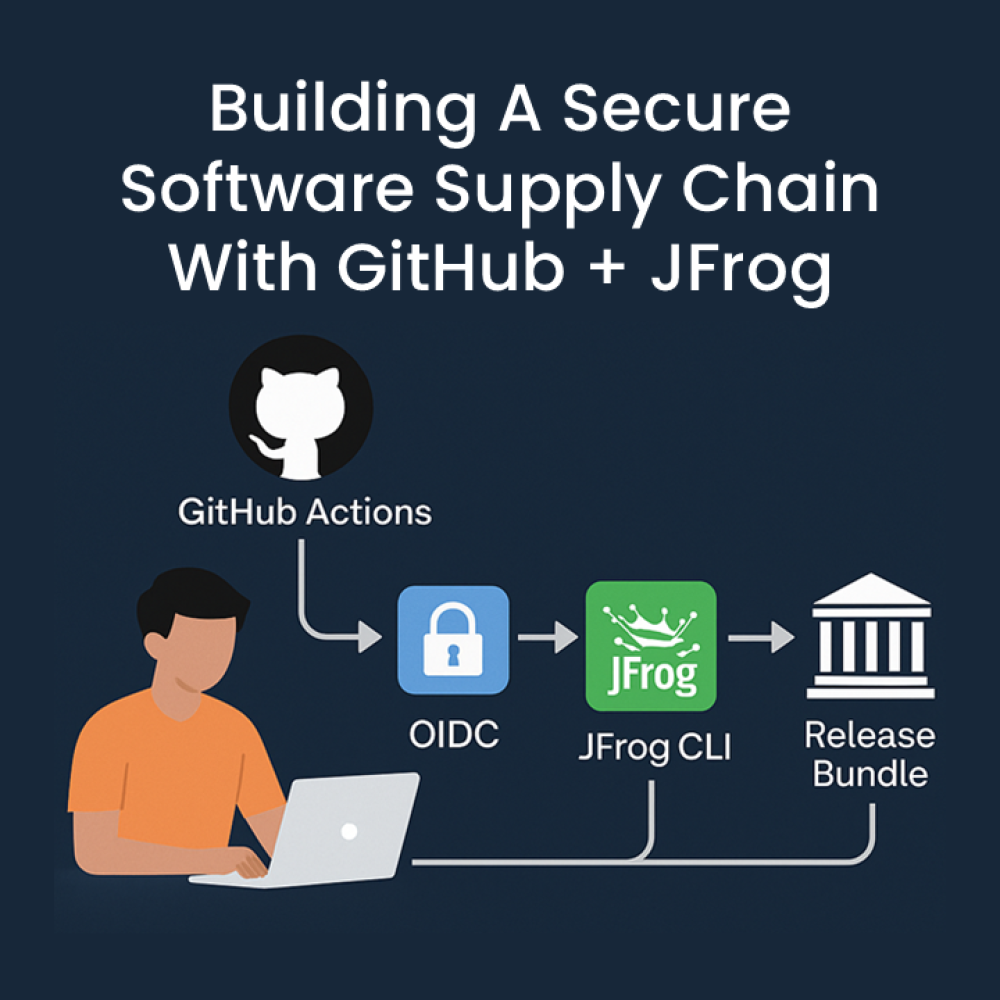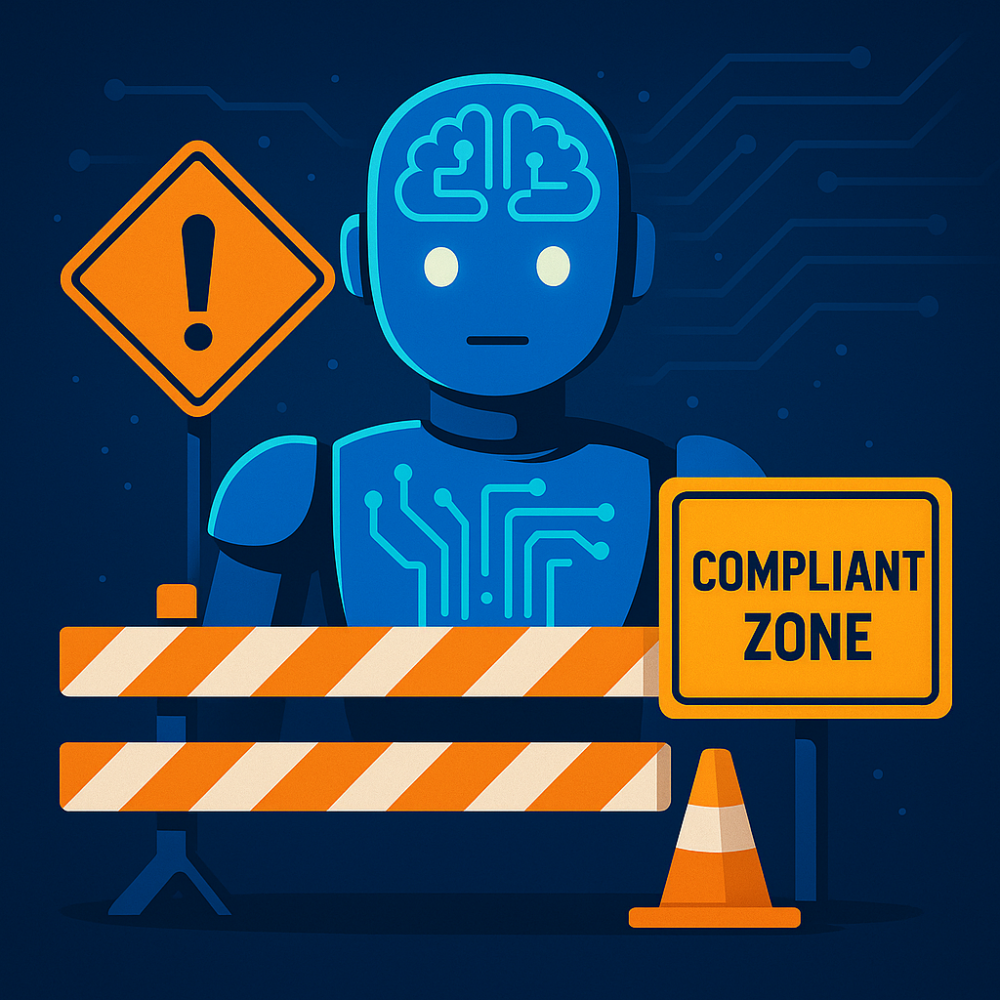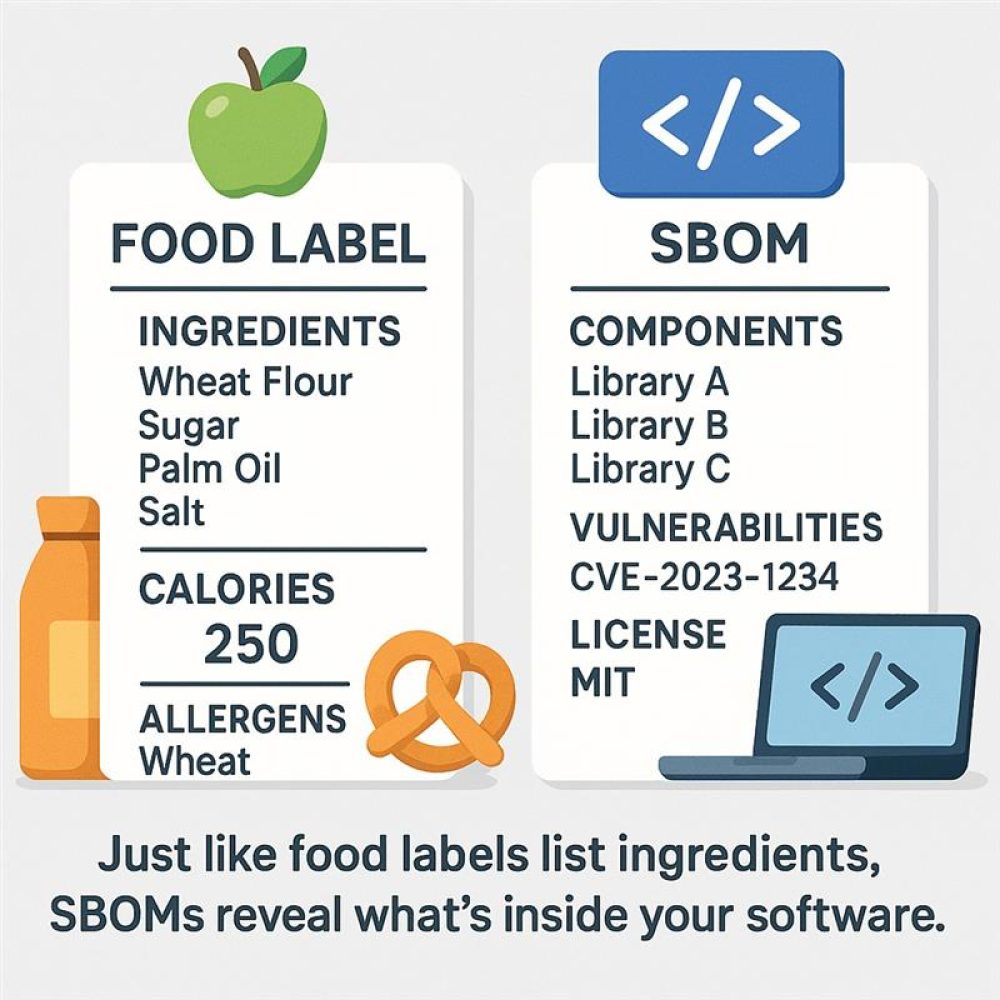Understanding and embracing transformative trends in application development is crucial for businesses looking to unlock new opportunities, streamline workflows, and drive innovation. The three emerging trends at the forefront of these changes are cloud-native development, legacy infrastructure re-platforming, and the rise of low code/no code platforms like Microsoft Power Apps. By understanding these trends it enables you to stay ahead of the competition in the rapidly evolving digital landscape. Below we go in depth into what these trends are and how they can provide value to your business.

1. Cloud-Native Development
Cloud-native development marks a paradigm shift in application architecture, empowering organisations to build, deploy, and scale applications with agility and efficiency. Leveraging cloud-native technologies such as containers, microservices, and serverless computing allows developers to create resilient, scalable, and portable applications suited for cloud environments. Adopting a cloud-native approach accelerates time-to-market, enhances resource utilisation, and boosts agility to adapt to market dynamics.
Benefits:
- Agility and Scalability: Quickly scale applications up or down based on demand.
- Resource Efficiency: Optimise resource utilisation, reducing costs.
- Resilience: Improve application availability and disaster recovery.
2. Legacy Infrastructure Re-Platforming and Refactoring
Application modernisation offers several techniques, each with distinct advantages, trade-offs, and challenges. Businesses may opt for one or more modernisation paths to reap significant benefits such as improved performance, cost savings, and increased flexibility. The three techniques are:
Re-platforming: This involves making modest changes to existing programs to leverage current platforms, frameworks, or services like Kubernetes or AWS Lambda. The result is improved performance and easier integration with modern technologies.
Refactoring: Also known as re-architecting, this technique involves rebuilding existing programs to enhance scalability, flexibility, and maintainability. It may include breaking down monolithic apps into microservices or adopting cloud-native designs, leading to better performance and reduced operational costs.
Re-hosting: Often referred to as “lift and shift,” this method involves transferring old applications to modern infrastructure platforms with minimal code modifications, such as cloud computing or containerisation. This approach offers cost savings and flexibility by reducing infrastructure and operational costs.
3. Rise of Low Code/No Code Platforms
Low code/no code platforms such as Microsoft Power Apps democratise application development by empowering citizen developers to create custom solutions with minimal coding expertise. These platforms offer intuitive interfaces and pre-built components, streamlining development and enabling rapid application building, deployment, and iteration. From workflow automation to custom business applications, low code/no code platforms accelerate digital transformation and address evolving business needs with agility.
Benefits:
- Improved Accessibility: Empower non-developers to create and maintain applications, allowing more employees to contribute to development and fostering innovation across the organisation.
- Increased Productivity: Enable rapid development and deployment cycles with intuitive interfaces and pre-built components, reducing development time and quickly addressing business needs.
- Cost Efficiency: Lower development costs by minimising the need for extensive coding expertise and developer resources, while faster time-to-market leads to quicker returns on investment.


